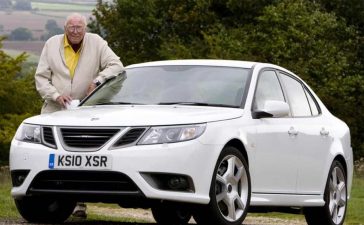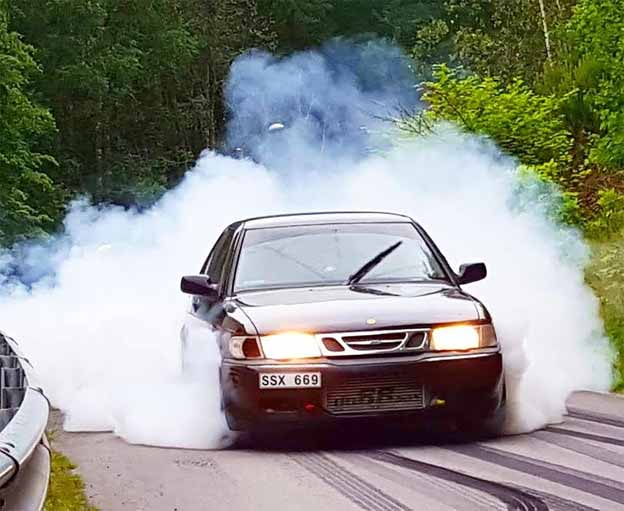Today published a great article in Automotive News blogs about Saab and Saab Turbo technologies.
Richard Truett in article Why turbocharger fans owe Saab a thank-you saya: “We are gathered here today to pay our respects to Saab“.
Saab engineers saw early on the turbo’s potential to offer drivers greater performance, by making the engine smaller and more powerful, the opposite of the traditional approach of just installing a bigger engine.
Saab pioneered many of the technologies turbochargers use today, such as the wastegate, which manages the turbo’s pressure. Saab engineers also developed a method to prevent ignition knock by automatically lowering the boost while the engine is under load, and Saab paired the turbocharger with electronic fuel injection before nearly all other nonluxury brands.











